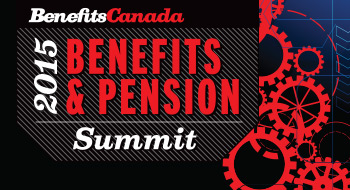
There’s nothing like a number of employees from different generations to keep employers thinking about their benefits offering.
“Now we have five different cohorts in the workforce,” said Marilee Mark, vice-president, market development, group benefits, with Sun Life Financial, speaking at Benefits Canada’s Benefits & Pension Summit on Monday.
According to recent Sun Life research on these five generations—generations X, Y and Z, baby boomers and traditionalists—they appreciate many different benefits: from dental, to life insurance and critical illness, to family coverage and vision care, to hospital semi-private coverage.
And what they wish their benefits plan included also ranges: from more dental to work/life balance and wellness, to financial planning to retiree benefits.
Read: Are traditional benefits good enough?
But with different generations wanting different things, how can employers cope?
Get support from service providers, consultants and community partners, and find ways for greater personalization at low cost, she said.
And widen the benefits net to include non-traditional offerings such as pet insurance, tuition assistance, paid travel and financial counselling.
When rethinking a benefits strategy, she said, employers need to use a holistic three-pronged approach, taking into consideration the financial, physical and mental. And include social under the mental health prong, she added.
And while Mark noted that it’s easy to generalize when it comes to communication, employers need to ensure they’re using the right sources to communicate to each demographic group.
While the Sun Life respondents from generations Y and Z said they enjoy communicating via texts, blog posts and Facebook, the Xs want concise emails with links as well as meetings and follow-up conversations. Boomers wanted live interactive teleconferences, and traditionalists wanted someone to reach out to them by telephone so they could have a conversation.
The challenge, said Mark, is it’s difficult to say that one method is going to work. “It may be a situation where you’re using a number of concurrent options,” she noted.
“In rethinking benefits, it doesn’t mean throwing everything out. It means looking at things differently,” she said. “What [your employees] think as being benefits is a lot broader than what we think of as being traditional benefits.”
All the articles from the event can be found in our special section: 2015 Benefits & Pension Summit Coverage.
Also read:
